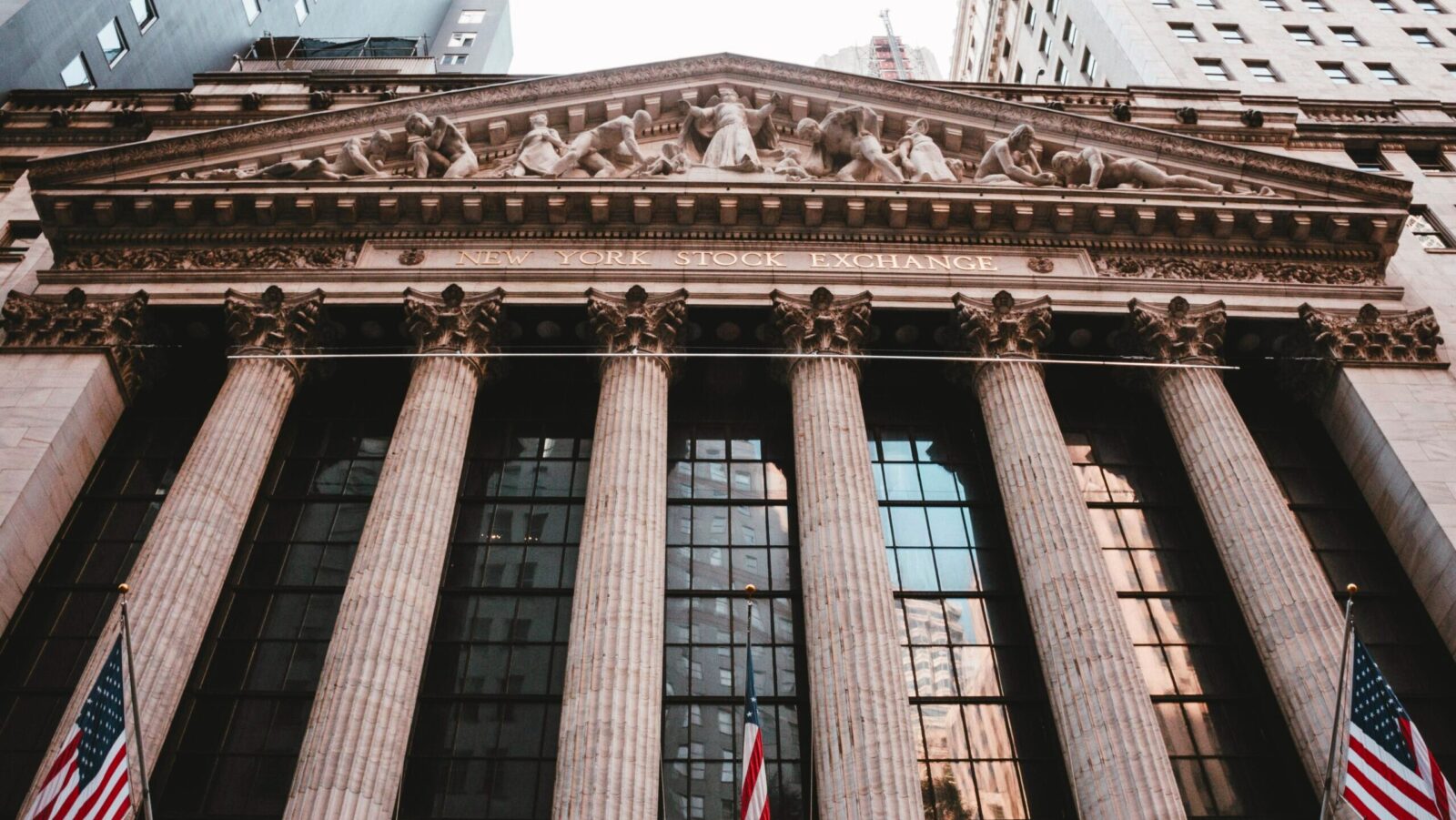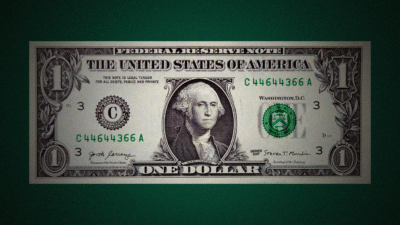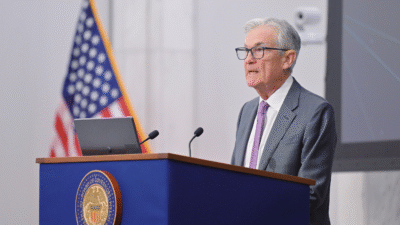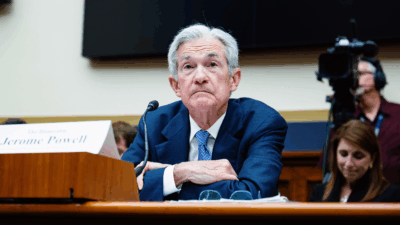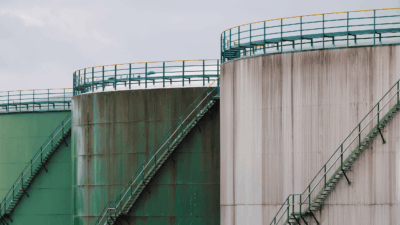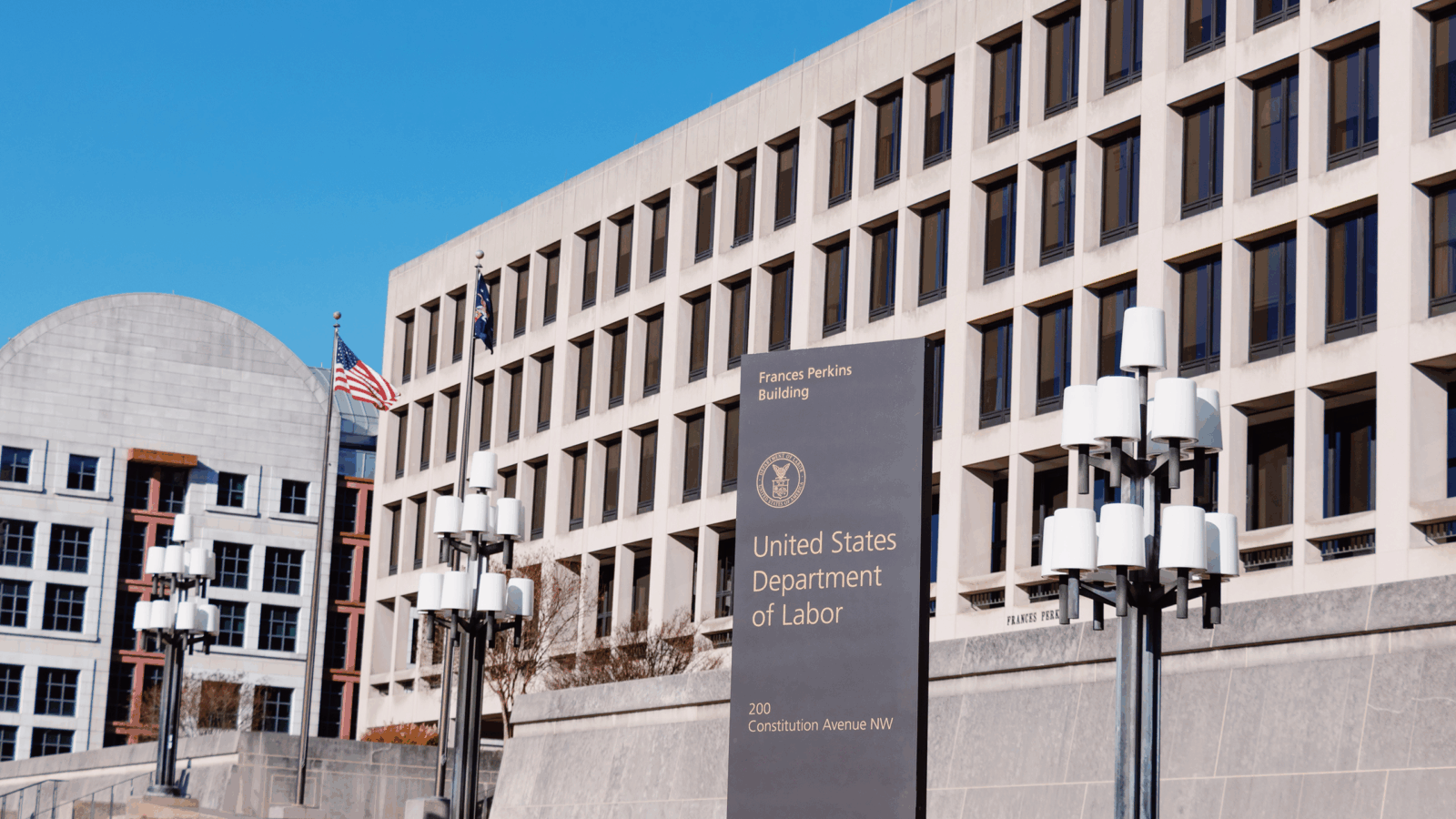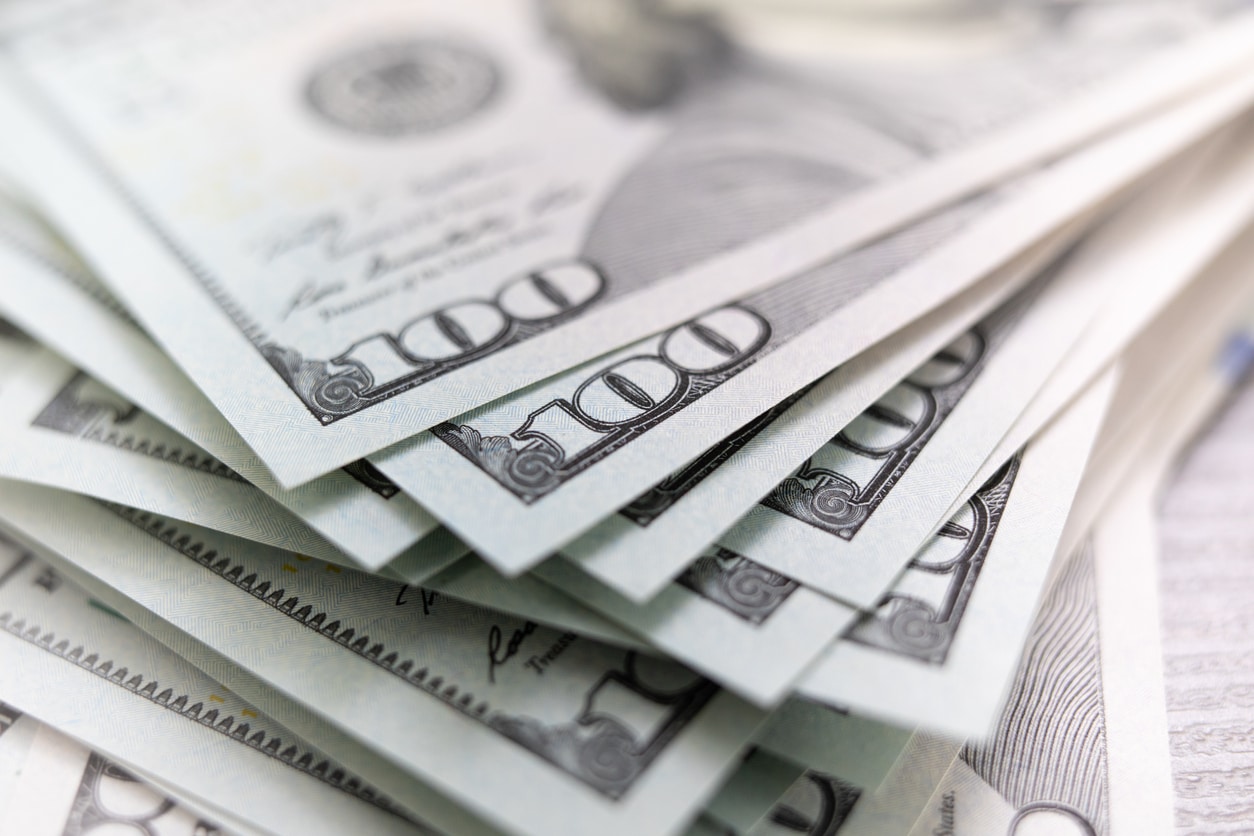
Sign up for smart news, insights, and analysis on the biggest financial stories of the day.
Locked down at home but still on the clock, the pandemic was a great time for many Americans to stockpile cash. Now they’ve embarked on a follow-up project: building a tower of debt.
The Federal Reserve said Tuesday that America’s household debt — aka the country’s collective IOU — ballooned by $313 billion in the second quarter, the biggest dollar amount in 14 years. Unsurprisingly, Americans now owe more than ever: $15 trillion, or $812 billion more than at the end of 2019.
How Can I Ever Repay You?
The Fed has created a launching pad for Americans to take on debt by keeping borrowing rates at historic lows. That’s made for a sweltering hot housing market that saw mortgage balances — which account for $10.4 trillion of all household debt — rise $282 billion in the second quarter.
44% of all outstanding home balances originated this year, but housing isn’t the only area where debt instruments are in overdrive:
- Non-housing debt balances were up $44 billion in the second quarter. Of those, credit card balances increased $17 billion and auto loans jumped $33 billion.
- The one category that did fall was student loan debt, which decreased $14 billion thanks to forbearance programs designed to stave off delinquencies. But total student loan debt still rests at nearly $1.6 trillion.
Debt-Rich: With all the money being thrown around, more capital than ever is making its way to wealthy borrowers. Over 71% of mortgage originations in the second quarter went to those with a credit score of at least 760, just shy of the 73% record set last quarter. Meanwhile, the Fed said Monday that standards for other kinds of credit, like auto loans and credit cards, are loosening.
Homeward Outbound: There’s also the question of what the expiration of pandemic-era programs will entail for mortgage-holders trying to stay afloat. According to the Fed, there are two million mortgage borrowers who previously had payments paused, but are now vulnerable to delinquency and potentially foreclosure.
